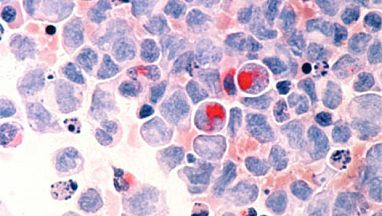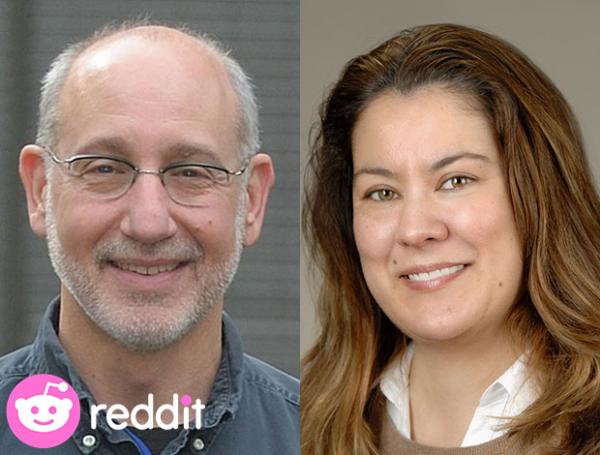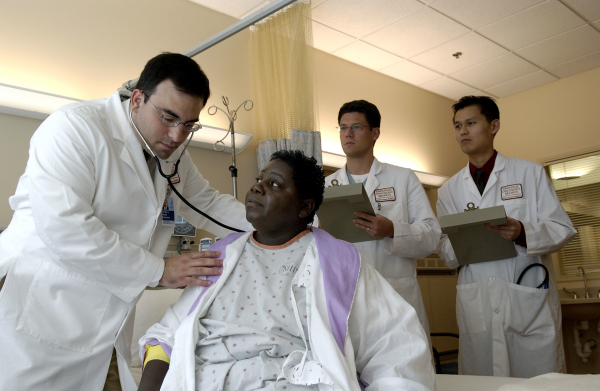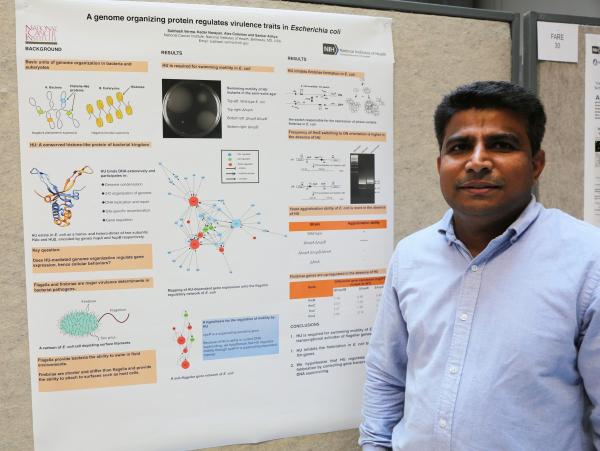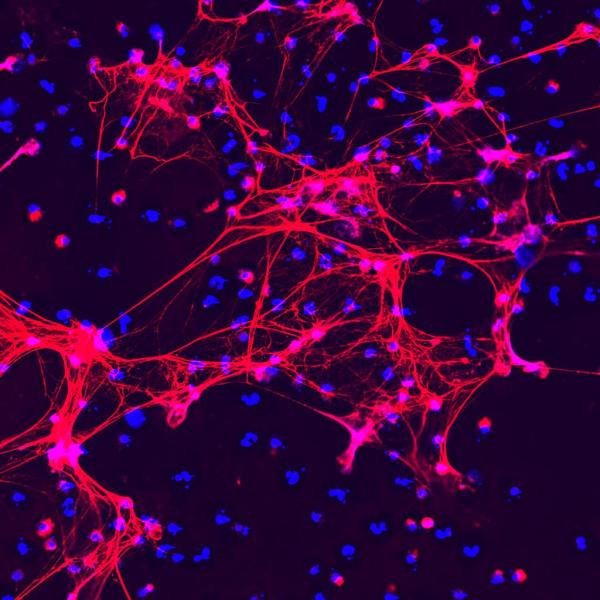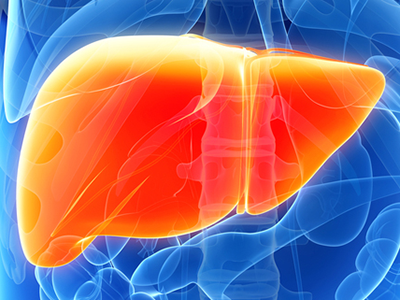Remembrances: Phil Leder (1934-2020)
Our friend and former colleague Phil Leder, among the world's most accomplished molecular geneticists, died on Sunday, February 2, at age 85. His work with Marshall Nirenberg — namely, the famed Nirenberg and Leder experiments starting at the NIH in 1964, which definitively elucidated the triplet nature of the genetic code and culminated in its full deciphering — helped set the stage for the revolution in molecular genetic research that Phil himself would continue to lead for the next three decades.



